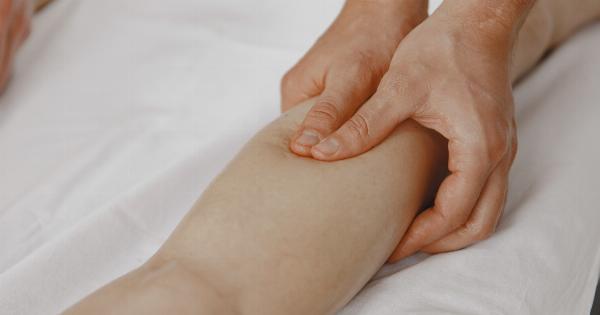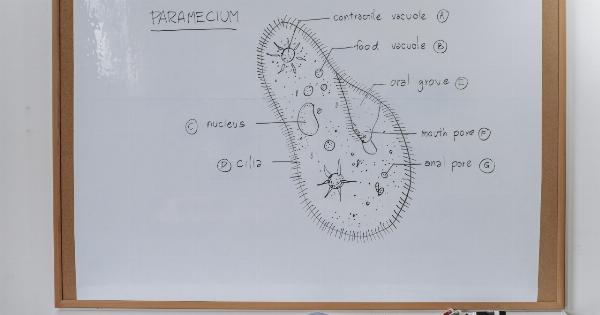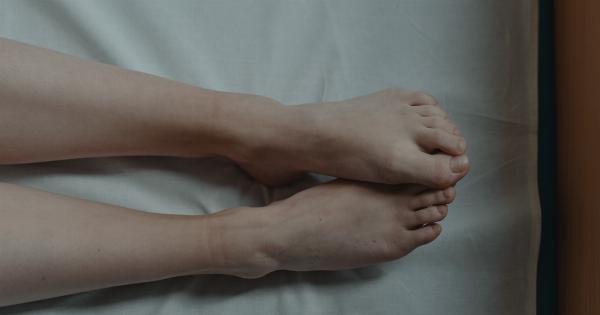Osteoarthritis (OA) is a common degenerative joint disease that affects millions of people worldwide. It is characterized by the deterioration of cartilage, the tissue that cushions the ends of bones within a joint.
As the cartilage wears away, bones can rub against each other, leading to pain, stiffness, and reduced joint mobility. While OA primarily affects older adults, it can also develop in younger individuals due to various factors.
The Causes of Osteoarthritis
Osteoarthritis can occur due to a combination of genetic, metabolic, and mechanical factors. Although the exact cause of this condition remains unclear, several risk factors have been identified:.
1. Age
One of the primary risk factors for osteoarthritis is advanced age. As we get older, the ability of cartilage to heal and regenerate diminishes, making it more susceptible to damage.
2. Obesity
Excess weight puts additional stress on weight-bearing joints, such as the hips and knees, leading to an increased risk of osteoarthritis. Furthermore, adipose tissue produces inflammatory substances that can further deteriorate the joints.
3. Joint Injuries
Prior injuries to joints, including fractures, ligament tears, or meniscal tears, can significantly increase the likelihood of developing osteoarthritis in the affected joint. Even seemingly minor injuries can lead to long-term damage.
4. Repetitive Joint Stress
Occupations or activities that involve repetitive joint movements or stress can contribute to the development of osteoarthritis. Athletes, construction workers, and individuals with physically demanding jobs are at higher risk.
5. Genetics
There is evidence suggesting a genetic component to osteoarthritis. Certain genetic variations may make cartilage more susceptible to damage, increasing the risk of developing OA.
6. Other Medical Conditions
Medical conditions such as diabetes, rheumatoid arthritis, and certain hormonal disorders can increase the likelihood of developing osteoarthritis. These conditions may affect joint integrity and promote cartilage degeneration.
Effective Treatments for Osteoarthritis Pain Relief
Osteoarthritis is a chronic condition with no known cure. However, several treatment options can help alleviate pain, improve joint function, and slow down disease progression:.
1. Lifestyle Modifications
Managing weight through a healthy diet and exercise can lessen stress on joints affected by osteoarthritis. Low-impact activities like swimming, cycling, and tai chi can help improve joint flexibility and strengthen supporting muscles.
2. Medications
Over-the-counter pain relievers, such as acetaminophen or nonsteroidal anti-inflammatory drugs (NSAIDs), can help reduce pain and swelling associated with osteoarthritis.
In some cases, prescription medications or corticosteroid injections may be recommended to manage more severe symptoms.
3. Physical Therapy
A physical therapist can develop an exercise program tailored to an individual’s specific needs, targeting joint mobility, muscle strength, and balance.
Physical therapy can also include techniques like manual therapy and heat/cold applications to relieve pain and improve function.
4. Assistive Devices
Canes, crutches, or walkers: These assistive devices can help redistribute weight and relieve pressure on the affected joints.
Knee braces: Supporting knee braces can provide stability and alleviate pain in individuals with knee osteoarthritis.
Insoles or orthotic shoes: These devices can help in distributing pressure evenly and improving alignment, reducing joint stress.
5. Joint Injections
In some cases, injecting substances like hyaluronic acid or corticosteroids into the affected joint can provide temporary pain relief and reduce inflammation.
6. Surgical Interventions
For severe cases where conservative treatments aren’t effective, surgical options such as arthroscopy, joint realignment, or joint replacement may be considered. These procedures can help alleviate pain and improve joint function.
7. Complementary and Alternative Therapies
Some individuals find relief from osteoarthritis symptoms through complementary treatments like acupuncture, chiropractic care, or herbal supplements.
While these therapies may provide subjective pain relief, scientific evidence for their efficacy is limited.
Conclusion
Osteoarthritis is a common condition characterized by joint pain, stiffness, and reduced mobility. While it cannot be cured, various treatment options can help manage symptoms, slow down disease progression, and improve quality of life.
Making lifestyle modifications, taking medications, engaging in physical therapy, using assistive devices, considering injections or surgical interventions, and exploring complementary therapies can all contribute to relieving osteoarthritis pain and enhancing overall joint health.






























